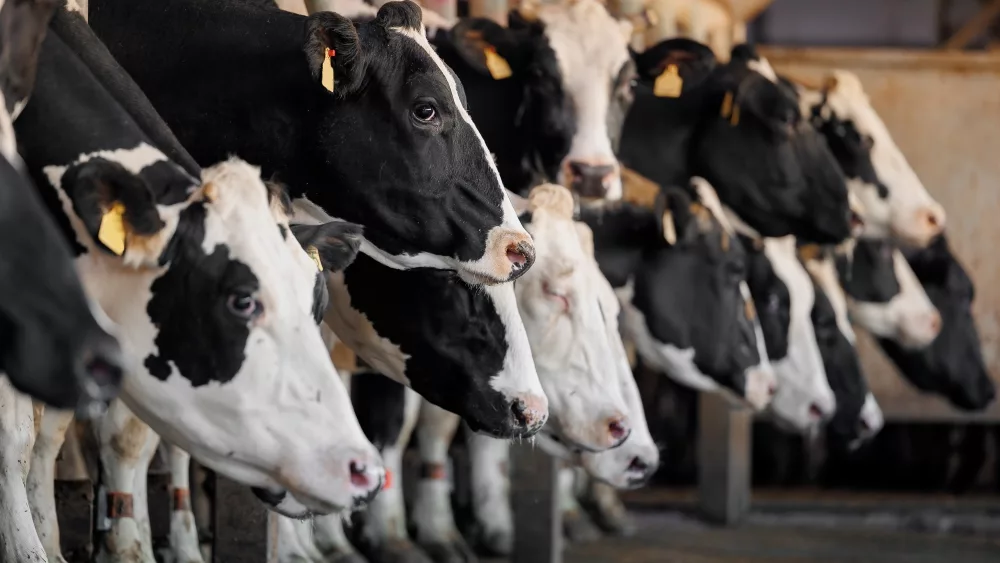
Could this be a cutworm year? Black cutworm moth catches in many of our cooperator’s pheromone traps continue to be quite impressive.
The timing of intensive moth captures, (i.e. 9 or more moths caught over a 2-night period), over the past several weeks and subsequent larval development may challenge corn that has yet to be planted. This will be especially true for fields with abundant weeds (esp. chickweed) because of delayed weed control.
 Refer to the map to the left, where we are tracking black cutworm development from the time of our first widespread intensive captures, first week of April, to when we expect first significant damage. Based on the growth development model, it takes approximately 300 heat units (50˚F base) from egg hatch to early 4th instar; this is the life stage when black cutworm larvae begin to cut plants. Some leaf injury may be present before then, and this is an ideal time to treat – foliar insecticides will be much more efficacious when caterpillars are smaller and before they have begun cutting plants.
Refer to the map to the left, where we are tracking black cutworm development from the time of our first widespread intensive captures, first week of April, to when we expect first significant damage. Based on the growth development model, it takes approximately 300 heat units (50˚F base) from egg hatch to early 4th instar; this is the life stage when black cutworm larvae begin to cut plants. Some leaf injury may be present before then, and this is an ideal time to treat – foliar insecticides will be much more efficacious when caterpillars are smaller and before they have begun cutting plants.
Using pheromone trapping of moths and tracking of heat unit accumulations for first cutting is not an exact science, but they give us a good indication of when to better time scouting trips. From the accompanying map, scouting of emerging corn should commence in extreme southern Indiana counties. Of course, next week’s forecasted high, summer-like temperatures will dramatically accelerate the cutworm’s development.
But for now, the persistent cool temperatures this spring have delayed black cutworm larval development. This means that the small percentage of corn planted the past weeks will likely outgrow larval development and not be vulnerable. But for those fields yet to be treated with herbicides and planted, emergence timing may coincide with hungry young caterpillars deprived of their weed hosts – thus threatening emerging corn.
Since black cutworm has been a very minor pest across most of the Midwest in recent years, producers may have a false sense of security with the seed-applied insecticides and/or Bt-traited corn – these offer plant protection that is inconsistent, at best. This is a case when timely scouting and rescue treatments of foliar insecticides when necessary are the tried and true approach with this stand reducer.
Happy scouting!
Written by John Obermeyer and Christian Krupke, Purdue Extension.




